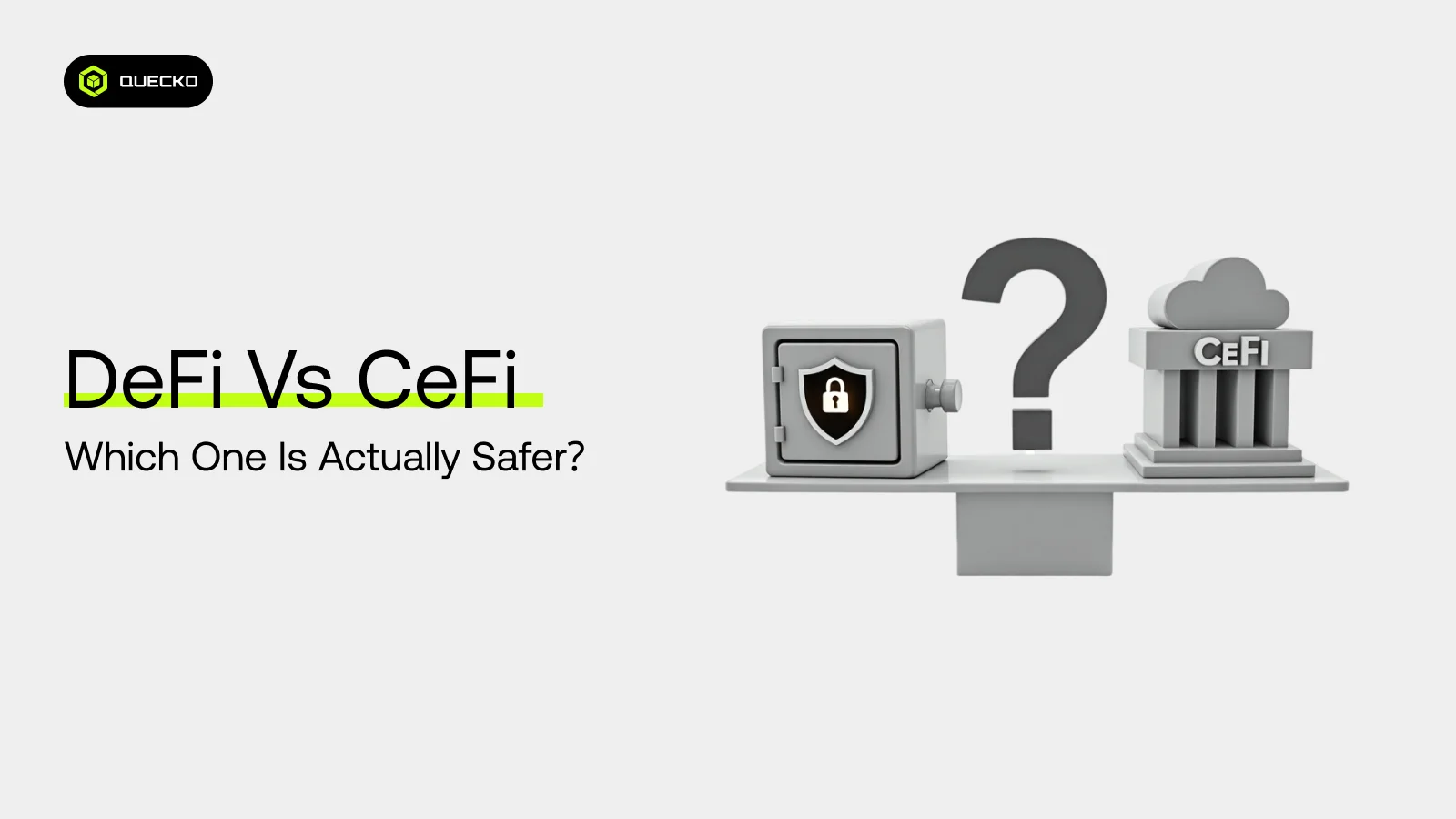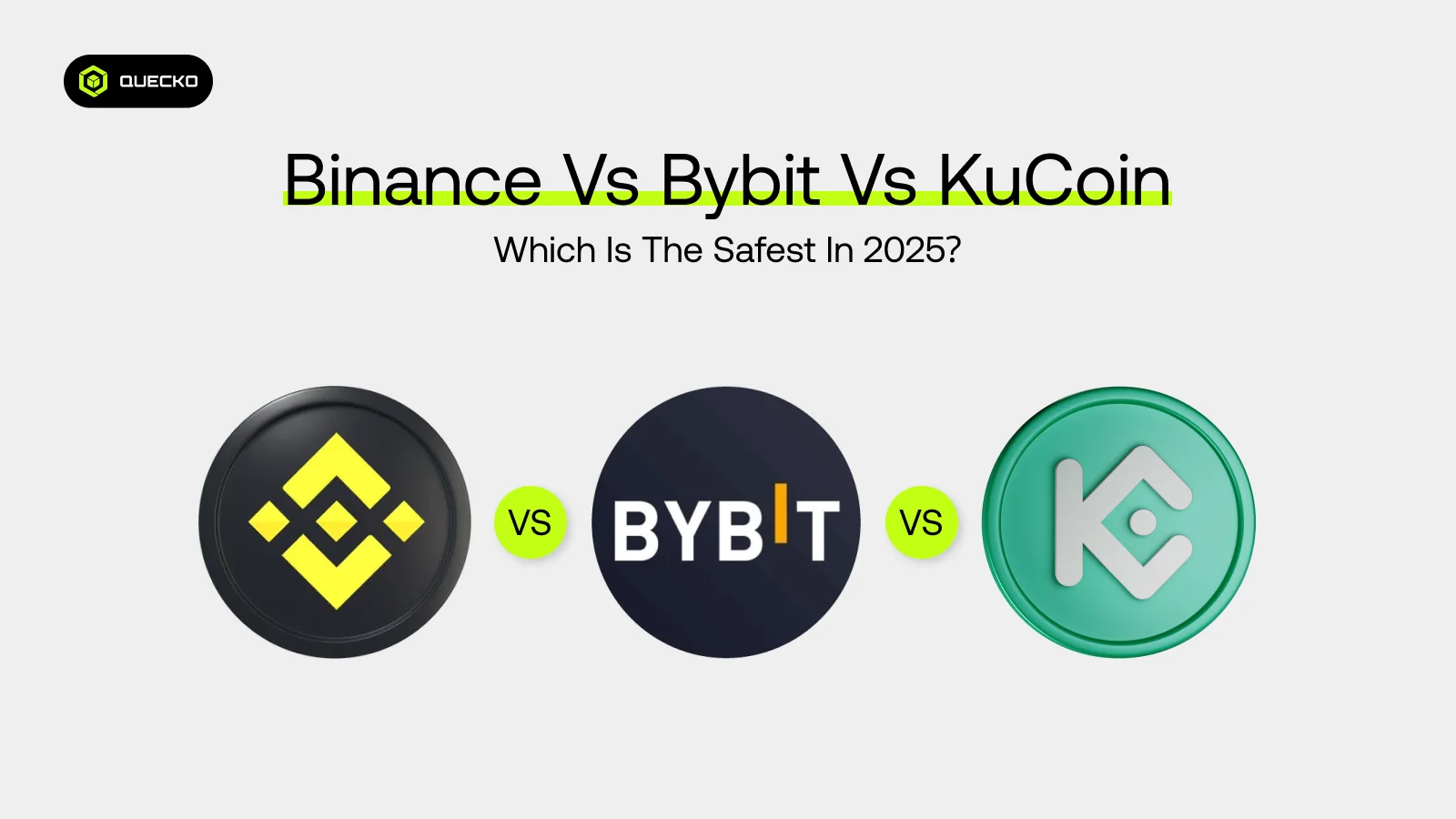Explain Public Key Cryptography with Example
Learn how Public Key Cryptography secures online communication through encryption and digital signatures, enabling safe, scalable, and trustless data exchange.
In today’s interconnected digital landscape, secure communication is essential. Whether it’s sending an email, conducting an online transaction, or accessing a secure website, the underlying technology that ensures your information stays safe is cryptography, more specifically, Public-Key Encryption. Whether it’s sending an email, simple text messages, or conducting an online transaction, public key cryptography helps keep your data safe.
In this blog, we’ll break down what public key cryptography is, how it works, why it’s important, and walk you through a real-world example that makes it easy to understand.
What Is Public Key Cryptography?
Public key cryptography, also known as asymmetric encryption or asymmetric cryptography, is a method of encrypting and decrypting data using two separate keys: a public key and a private key. Together, they form a key pair.
- The public key is shared openly and can be distributed to anyone.
- The private key is kept secret by the owner and never shared.
Despite being mathematically related, these keys serve different functions. What one key encrypts, the other can decrypt. This dual-key system ensures secure communication even when the public key is widely available. A key pair enables secure data exchange without the need to share sensitive information.
This method is the foundation for secure communications, including the use of digital signatures for verifying identity and integrity.
How Does Public Key Cryptography Work?
The process typically works in the following steps:
- Key Generation: A pair of keys is generated, one public, one private, using a secure key algorithm.
- Encryption: The sender uses the recipient’s public key to encrypt the message. This is known as key encryption, where only the intended recipient can decrypt the message using their private key.
- Transmission: The encrypted message is sent over the internet.
- Decryption: The recipient uses their private key to decrypt the message.
The sender uses the recipient’s public key to encrypt the message. This encryption function transforms readable text into ciphertext, ensuring only the intended recipient can decode it. The message is first converted into binary form before the encryption function transforms it into ciphertext. This process ensures secure encryption of sensitive information, making it unreadable to unauthorized parties. Whether it’s sending an email, simple text messages, or conducting an online transaction, public key cryptography helps keep your data safe.
This method ensures that even if someone intercepts the message, they cannot read it without the private key. This method also protects against man-in-the-middle attacks, where a malicious actor tries to intercept and alter communication between two parties without their knowledge. The same infrastructure supports digital signature creation and validation processes, which is a key part of Public-Key Encryption systems used globally today. These systems are built on one-way functions, which are easy to compute in one direction but practically impossible to reverse without the correct key. These systems rely heavily on mathematical properties that make it easy to encrypt data in one direction but nearly impossible to reverse without the correct key.
Why Use Two Keys Instead of One?
This is a common question. Traditional symmetric cryptography uses a single shared key for both encryption and decryption. While it’s fast and secure in isolated environments, key distribution is a major challenge. How do you share the key without exposing it?
- Traditional symmetric encryption systems use a single shared key for both encryption and decryption, which works well in isolated environments but faces challenges in secure key exchange.
Public key cryptography solves this problem. Since the public key can be shared openly, there’s no risk in distributing it. Only the private key needs to be kept secret. This makes public key cryptography especially valuable in online environments, where secure key exchange is difficult.
- Public key cryptography solves the problem of secure key exchange. Since the public key can be shared openly, there’s no risk in distributing it.
- This method is often referred to as non-secret encryption, where the encryption key is public, but the decryption key remains private.
Additionally, this system enables digital signatures and secure key encryption without the risk of a common factor exposing the private key.
While it’s fast and secure in isolated environments, key exchange is a major challenge. Symmetric cryptography is often preferred for faster encryption once secure channels are established.
Real-World Example: Sending a Secure Email
Let’s say Alice wants to send Bob a confidential email. When Alice encrypts the email, the plaintext is translated into binary form before being processed by Bob’s public key for secure transmission.
Step 1: Bob Shares His Public Key
Bob has a public-private key pair, created using a secure key algorithm.
Step 2: Alice Encrypts the Message
Alice writes her email and uses Bob’s public key to perform key encryption on the plaintext message. Once encrypted, it looks like random gibberish to anyone who intercepts it.
Step 3: Bob Decrypts the Message
When Bob receives the encrypted email, he uses his private key to decrypt it and read the original message. This process is key to enabling secure email communication, ensuring that only the intended recipient can access the message content.
Even if someone intercepted the email during transmission, they wouldn’t be able to decrypt it without Bob’s private key. Bob can also reply with a digital signature to confirm he is the actual sender. This simple exchange shows the effectiveness of a key pair in safeguarding a secret message.
Even when sending simple text messages, public key cryptography ensures only the intended recipient can read the content.
Public Key Cryptography in Everyday Use
Public key cryptography plays a critical role in securing internet communications, from browsing websites to exchanging confidential data over messaging apps.
Web browsers use SSL/TLS protocols that rely on non-secret encryption: secure communication is possible even when the encryption key is publicly available. Trusted Certificate Authorities (CAs) are responsible for issuing digital certificates that validate the identity of websites and organizations during secure communications.
This setup uses digital certificates issued by a trusted Certificate Authorities (CAs) to verify the authenticity of websites and depends heavily on a robust cryptographic algorithm to ensure data confidentiality and integrity. Once verified, the browser and server establish a secure communication session using encryption keys.
Whether it’s emails, simple text messages, or financial transactions, public key cryptography protects data integrity and privacy.
You might not realize it, but you use public key cryptography every day. Here are a few common applications:
- HTTPS (SSL/TLS):
- Whenever you see a padlock in your browser’s address bar (e.g., when visiting a bank website), it means your connection is secured via SSL/TLS , a protocol that relies on public key cryptography to establish a secure session.
- This setup uses digital certificates issued by a trusted Certificate Authorities (CAs) to verify the authenticity of websites and depends heavily on a robust cryptographic algorithm to ensure data confidentiality and integrity.
- In some cases, a subordinate certificate is issued by an intermediate CA to delegate trust and manage certificate issuance at scale without exposing the root CA.
- Many SSL/TLS certificates continue to use 1024-bit RSA encryption to secure web traffic, though longer key lengths are becoming standard.
- Digital Signatures:
- Public key cryptography is used to create and verify digital signatures.
- When you receive a signed document or software, a private key signs it, and a public key verifies its authenticity.
- These signatures are often backed by digital certificates that bind the public key to the identity of the sender.
- Digital signatures may also rely on 1024-bit RSA encryption to ensure the authenticity of signed documents.
- Cryptocurrencies:
- Blockchain networks like Bitcoin and Ethereum rely on public key cryptography.
- Your crypto wallet address is derived from your public key, while the private key gives you control over your funds.
- Every transaction you make on the blockchain is validated with a digital signature.
- Blockchain networks typically use elliptic curve cryptography; some systems still employ 1024-bit RSA encryption for certain security processes.
Digital Signatures vs. Encryption
Both digital signatures and encryption use public key cryptography but in opposite ways.
| Use Case | Key for Action | Key for Verification |
| Encryption | Public Key | Private Key (for decrypting) |
| Digital Signature | Private Key | Public Key (for verifying) |
Digital signatures don’t encrypt the message itself, instead, they create a hash of the original message, then encrypt that hash with the sender’s private key. This lets the recipient verify the integrity of the message without needing to decrypt the content.
This dual usage highlights the versatility and strength of asymmetric cryptography in securing both data and identity.
While encryption ensures confidentiality, digital signatures apply an encryption function to a message hash using the sender’s private key, allowing others to verify its authenticity.
Algorithms Used in Public Key Cryptography
These algorithms operate on data represented in binary form, performing complex mathematical operations to encrypt and decrypt information securely. In cryptographic algorithms like RSA, letters and characters are often converted into numbers, for example, the 27th letter could represent a specific value in the encryption process.
These key encryption algorithms are designed to securely generate and manage public-private key pairs for safe data transmission across untrusted networks. Several mathematical algorithms power public key cryptography. The most well-known include:
- RSA (Rivest-Shamir-Adleman)
- One of the oldest and most widely used algorithms.
- Based on the difficulty of factoring large prime numbers and avoiding common factors between keys which could otherwise compromise security.
- Common in email encryption, SSL/TLS, and digital signatures.
- RSA relies on a mathematical encryption function that is easy to compute in one direction (encryption) but hard to reverse without the corresponding private key.
- Though stronger key lengths exist, 1024-bit RSA encryption remains widely used in legacy systems and many practical applications.
- ECC (Elliptic Curve Cryptography)
- Offers the same level of security as RSA but with smaller keys.
- Ideal for mobile devices and low-power environments.
- Popular in modern applications like cryptocurrency wallets.
- DSA (Digital Signature Algorithm)
- Specifically designed for digital signatures.
- Often combined with other methods for stronger key encryption.
All of these fall under the broader category of encryption algorithms, each designed for a particular balance of speed, security, and computational efficiency.
Advantages of Public Key Cryptography
- Secure Key Exchange: No need to share private keys or establish secure channels in advance.
- Scalable: Easily supports large networks or ecosystems like the internet or blockchains.
- Authentication and Integrity: Digital signatures ensure that data comes from a trusted source and hasn’t been tampered with.
Although public key systems are powerful, many modern applications integrate them with symmetric algorithms to benefit from faster encryption during bulk data transfers.
Challenges and Limitations
Despite its strengths, public key cryptography isn’t without challenges:
- Slower than symmetric encryption: Asymmetric algorithms are computationally heavier, which can impact performance.
- Private Key Security: If someone steals your private key, they can impersonate you or access encrypted data.
- Key Management: Users must manage key pairs responsibly, which can be difficult for non-technical users.
Public key cryptography is often combined with symmetric encryption systems to improve performance, since asymmetric methods alone can be slower.
Additionally, public key cryptography must be designed to resist a wide range of attacks, including a brute-force attack, where an attacker systematically tries all possible key combinations to decrypt the message. One limitation of 1024-bit RSA encryption is that it is more vulnerable to brute force attacks compared to longer key lengths.
That’s why in many systems, public key cryptography is combined with symmetric encryption to get the best of both worlds (e.g., in HTTPS).
Hybrid Cryptography: The Best of Both Worlds
Modern systems often use hybrid encryption, which combines symmetric cryptography and asymmetric cryptography.
Here’s how it works:
- A random session key is generated for symmetric encryption.
- The session key undergoes key encryption using the recipient’s public key.
- The recipient then uses their private key to decrypt the session key and access the actual message.
This ensures confidentiality while preserving the integrity of the original message, making the system both fast and secure.
Hybrid cryptography leverages the strengths of both asymmetric methods and symmetric encryption systems by using a public key to securely share a symmetric session key.
This strategy enables faster encryption of large amounts of data while using asymmetric key encryption to securely exchange encryption keys.
Hybrid systems often combine symmetric encryption with 1024-bit RSA encryption for secure key exchange. Once a secure session is established using public key cryptography, bulk data is often encrypted using symmetric ciphers, which are much faster for processing large volumes of information.
Conclusion
Public key cryptography is a fundamental pillar of modern cryptography, shaping how data privacy and security are maintained today.
Public key cryptography is a cornerstone of modern cybersecurity.
Public key cryptography is a cornerstone of modern cybersecurity. It makes online banking, private emails, blockchain, and secure web browsing possible. By using two mathematically linked keys, this system allows data to be encrypted and decrypted without sharing private information.
Public key cryptography has become a fundamental building block for securing digital communication, ensuring privacy and authenticity in our daily online interactions. Public key cryptography belongs to a broader family of key cryptosystems that are critical to securing modern digital infrastructure.
Understanding how public key cryptography interacts with symmetric encryption systems is crucial, as modern secure communications typically rely on both confidentiality and speed.
Understanding public key cryptography is essential not only for developers and security professionals but for anyone navigating today’s digital world. It’s the silent guardian behind most of our online interactions, quietly keeping our data safe from prying eyes. Public-Key Encryption is the foundation of modern data protection in the digital age.
Though stronger algorithms exist, 1024-bit RSA encryption remains an important milestone in the evolution of public key cryptography. Public-Key Encryption is the foundation of modern data protection in the digital age. Its use of non-secret encryption allows anyone to send secure messages without ever needing to exchange secret keys.
As a fundamental component of digital security, public key cryptography continues to protect internet communications across countless platforms and applications
Date
14 days agoShare on











